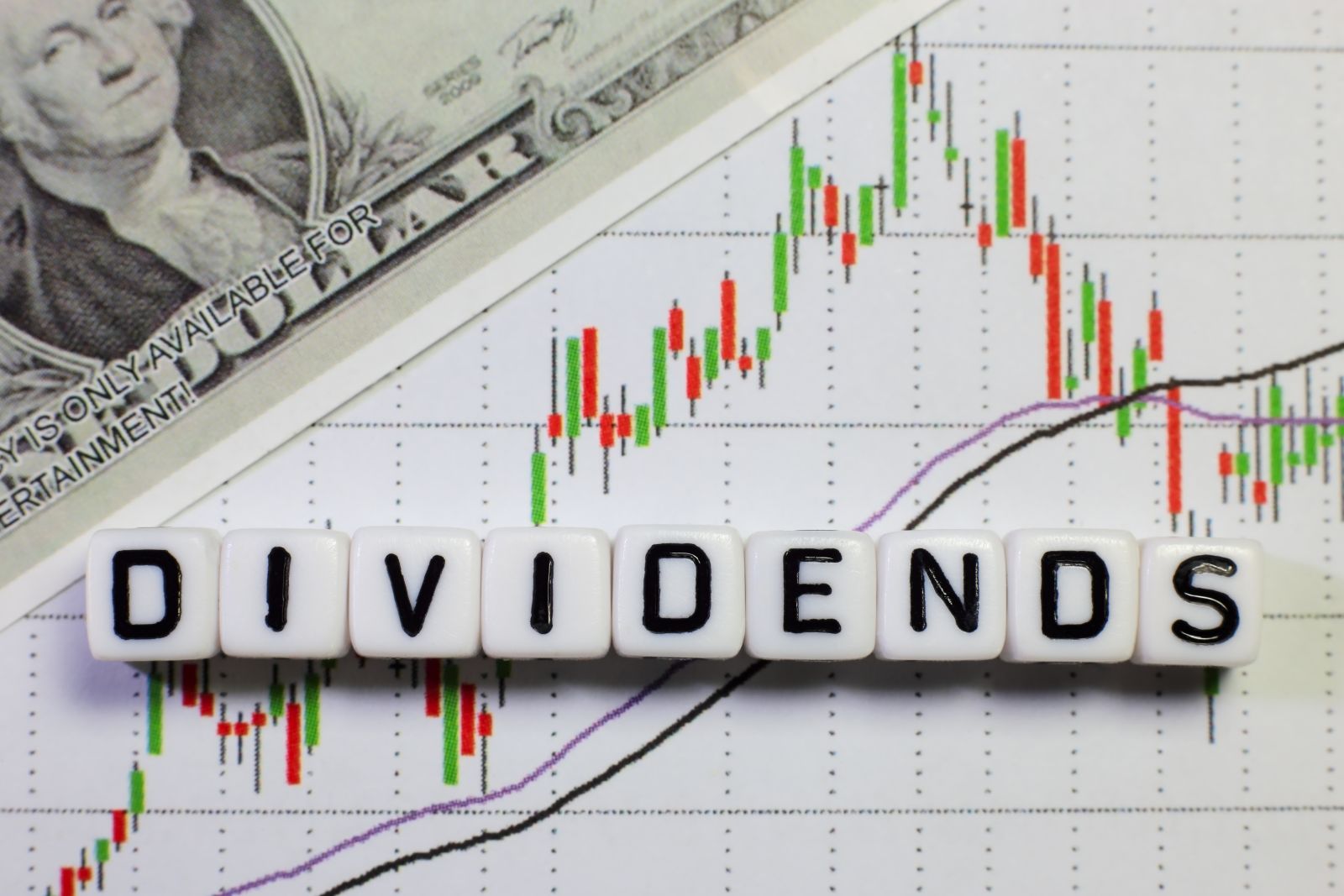
This hasn't been a good year for mining stocks so far, and both Rio Tinto (RIO) and BHP Group (BHP), formerly known as BHP Billiton, are in the red. BHP, which is the world’s largest mining company. is trading close to its 52-week lows, and its dividend yield has risen to around 5.5%. While the yield is still below what rival RIO offers, it's also much higher than the broader market average, as well as pure-play copper miners like Southern Copper (SCCO) and Freeport-McMoRan (FCX).
But is BHP a buy for its fat dividend yield? We’ll explore in this article.
Notably, while BHP is not a pure-play copper miner, it is ranked second after FCX, and operates the Escondida mine, which is the world’s biggest copper mine. In the fiscal year 2024, ended in June, BHP’s copper production rose 9% to 1.87 million tons.

BHP is Increasing Its Copper Output
Importantly, the company is working on boosting its copper production – both organically as well as inorganically. Last year, it bought OZ Minerals in a bid to boost its copper footprint. BHP was also looking to acquire Anglo American (NGLOY), which would have further added to its copper output.
While that deal did not go through, BHP and Lundin Mining have announced the acquisition of Filo Corp. for nearly $3.25 billion as both companies seek to add to their copper production.
Why Are Miners So Bullish on Copper?
Notably, copper (HGU24) is a play on multiple themes, like renewable energy, electric cars, and more recently, artificial intelligence (AI). As data centers fuel copper demand – directly, through components like cables and connectors, and indirectly, through higher electricity usage - analysts are getting increasingly constructive on copper.
New copper mines, especially those with high-quality deposits, have been hard to find. Also, developing new mines has been a struggle for miners, and they have faced multiple headwinds, including protests from local communities and government regulations. Southern Copper’s Tia Maria mine is a particular case in point, as the project has been delayed for years.
It’s no surprise, then, that BHP is looking at acquisitions to boost its copper output. However, miners hunting for existing mines instead of discovering new ones would also mean that copper supply will not keep pace with demand. Nearly all analysts agree that copper will be in a major supply deficit by the end of this decade, even as the size of that deficit remains up for debate, and will eventually depend on how the demand-supply dynamics evolve.
China Continues to Be a Wild Card for Mining Companies
Meanwhile, China is the wild card for copper – and for that matter, iron ore, which currently accounts for the bulk of BHP’s earnings.
The slowdown in the country’s real estate sector, which is the single biggest consumer of metals - ranging from steel (HVN24) and aluminum (P4Y00) to copper - is a potent risk for mining companies, with BHP being no exception.
BHP Stock Forecast
Wall Street analysts are not too bullish on BHP, and it has a consensus rating of “Moderate Buy.” Of the 12 analysts covering BHP, only 4 rate it as a “Strong Buy” and 1 as a “Moderate Buy.” The remaining 7 rate BHP as a “Hold,” with its consensus target price of $65.33 standing 20.7% higher than Tuesday’s closing prices.
Amid the recent pullback, BHP even trades below its Street-low target price of $58, while the Street-high target of $72 implies an upside potential of 33%.

Is BHP Stock a Buy for Its Fat Dividend?
While BHP’s dividend yield is approaching 6%, and is roughly four times what an average S&P 500 Index ($SPX) constituent pays, it should be considered with a pinch of salt. Unlike most other companies that tend to increase, or at least maintain, their dividends, both BHP and RIO follow a variable dividend policy which is linked to their profits. BHP, for instance, has a policy of paying at least half of its underlying attributable profits as dividends at the end of each reporting period.
These earnings are dependent on commodity prices, and especially iron ore, in both RIO and BHP’s case. Iron ore prices have been weak in 2024, and even copper has come off its highs, which is expected to take a toll on BHP’s profitability. Iron ore in particular has been weak, as record (and rising) production by big miners is adding to the oversupply situation. Analysts expect BHP’s earnings per share (EPS) to fall slightly in the current fiscal year amid a tepid commodity pricing environment.
BHP trades at a next 12-month (NTM) enterprise value to earnings before interest, tax, depreciation, and amortization (EV-to-EBITDA) multiple of 5.3x, which is largely in line with the average multiples over the last five years.
All of that said, I believe BHP stock could be bottoming out at current prices, and the expected rate cuts globally over the next year should help to boost sentiments in the mining sector. After the recent decline, BHP’s risk-reward looks much more balanced now, and the stock should be able to deliver double-digit total returns (dividends plus capital appreciation) over the next couple of years.
On the date of publication, Mohit Oberoi did not have (either directly or indirectly) positions in any of the securities mentioned in this article. All information and data in this article is solely for informational purposes. For more information please view the Barchart Disclosure Policy here.






